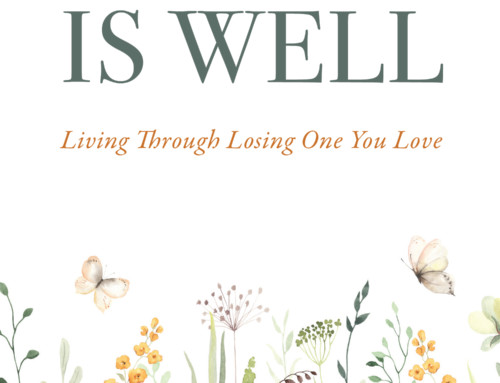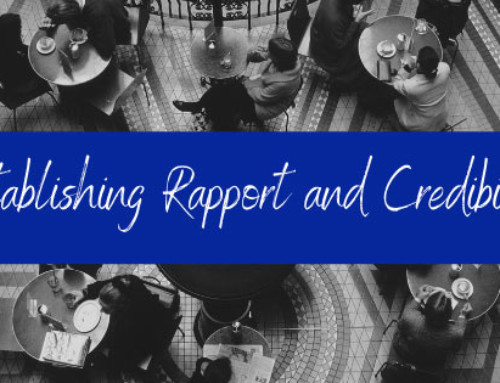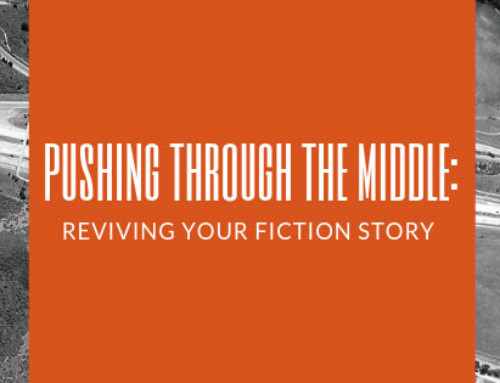I am always on the lookout for the next it thing when it comes to writing trends. I want to find the magic routine that solves all my writing woes. At the very least, a routine I enjoy enough to turn back to on a daily basis.
My desire to find a process that works for me as an individual led me to the writer’s notebook. I told myself that my writer’s notebook would be completely different from a daily journal. In reality, however, my writer’s notebook is in fact just a glorified journal. There is one big difference between the two though. I hardly ever go back and read anything I journaled. Now I not only add material to my notebook consistently, but I also use the information in the notebook.
So, what do you need to create your own writer’s notebook, and more importantly what do you put in it?
Supplies
I personally gravitated toward a 5-subject notebook because I am a type A personality and like everything in its place. You can choose any type of notebook that works for you. Maybe even use a binder and add colored dividers for each section. In addition to the notebook, you need your favorite pen. I do keep a few unnecessary items with me: washi tape, highlighters, and Post-It notes to make the process more fun and interactive.
Divide and Conquer
It didn’t take long for me to decide how I would use the five sections in my notebook. I pulled toward five categories:
- Words and definitions—When I pay attention to what is going on around me, I constantly hear and see words and phrases I love. If I don’t write them down, they are quickly forgotten. I decided to use one section of my notebook for words I like and want to use on a more regular basis. I also use this section to note definitions for words; this helps me build my vocabulary without actively focusing on the activity.
- Writing goals—I use my second section to write down and check off my writing goals. This is more fun to do visually, so I draw several boxes on and write a number in each. These numbers correspond to the chapter numbers I want to write. When I finish writing a chapter, I use a pink highlighter to shade in that box number. For instance, when I finished writing chapter 11, I colored in the box that had 11 written inside it.
- Character development—Having one dedicated space to develop characters is crucial. Not only do we refer back to that information throughout the entire writing process but keeping detailed information on each character in one location also allows us to see in an instant if we have enough variation between characters. For example, if I wrote down that three of my characters all have blonde hair and blue eyes, I’d quickly be able to identify that I duplicated those physical attributes too many times and there are no defining features to distinguish characters from each other.
- Scene building—Whether building a fictional world from scratch or using a favorite city as a book’s setting, it’s important to focus on continuity. Keeping detailed notes on the scenes we’ve built is so important because it allows us to maintain consistency, which gives us more credibility as writers, and we don’t have to go hunting through 300 pages of our manuscript to match up key details.
- Free writing—There are days when ideas come to mind, but they don’t fit where I currently am in my writing or maybe don’t belong in my current piece of writing at all. I use my free writing section to brain dump those thoughts and ideas into one place. That way, when I’m ready for something new, I simply turn to that section in my notebook and get to work. I can’t begin to count how many story ideas I forgot throughout the years because I didn’t write them down. Having this section is extremely beneficial to my future self and the writing I want to accomplish.
The Benefits
In reality, there is no right or wrong to create your writer’s notebook. Include sections that work best for you and your writing goals. The benefits remain the same no matter how you construct your notebook. There is a lot of merit in keeping your inspiration in one place. You know exactly where to turn when your ideas are feeling a bit lackluster or you can’t keep your character descriptions straight.
The more you use your writer’s notebook, you also create a physical roadmap for yourself to see where your writing started and where it progressed. Over the years and spread across many volumes of your notebooks, you’ll have a bird’s eye view of the characters you spent time with, the places you dreamed up out of thin air, and the goals you had to make each book possible.
If you keep a writer’s notebook, we’d love to see it! Tag us on Instagram @MillCityPressBooks and we’ll share your photos to inspire others to create their own notebooks as well.
Discover more from Mill City Press
Subscribe to get the latest posts sent to your email.














Leave A Comment